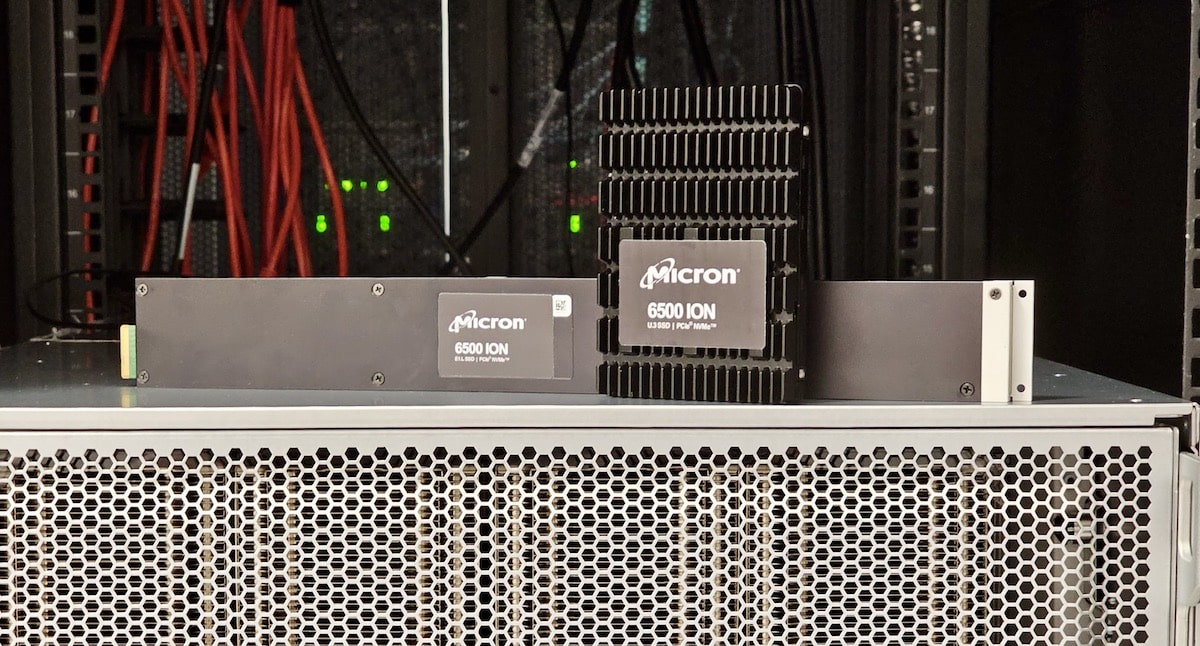- Joined
- May 28, 2019
- Messages
- 10,200
- Reaction score
- 7,129
A new report shows that the belief that SSDs are more power efficient than good old-fashioned platter drives may not be completely accurate. Solid-state drives began taking over as the go-to storage medium for consumers, and select hi-density enterprise solutions roughly a decade ago. Prices continue to drop as new technologies are introduced and older ones are more widely produced, and this is still true for both mediums. Now while the new report examines a very specific set of metrics it does expose a commonly misunderstood belief about the newer flash-based drives. The new report shows that specifically, hi-density QLC SDDs can use a significantly greater amount of power during read/write tasks.
Update (8/15/2023): Thanks to one of our readers (thanks @Tempest) who clicked on the link in the original report for one of the drives said to be used in the test we've become aware that this test may not actually be as it was titled in said report. According to Micron's spec sheets, the drive used is actually a TLC drive. We have reached out to Scalability regarding confirmation of which drive was in fact used and will update upon notification.
See full article...
Update (8/15/2023): Thanks to one of our readers (thanks @Tempest) who clicked on the link in the original report for one of the drives said to be used in the test we've become aware that this test may not actually be as it was titled in said report. According to Micron's spec sheets, the drive used is actually a TLC drive. We have reached out to Scalability regarding confirmation of which drive was in fact used and will update upon notification.
See full article...
Last edited:


